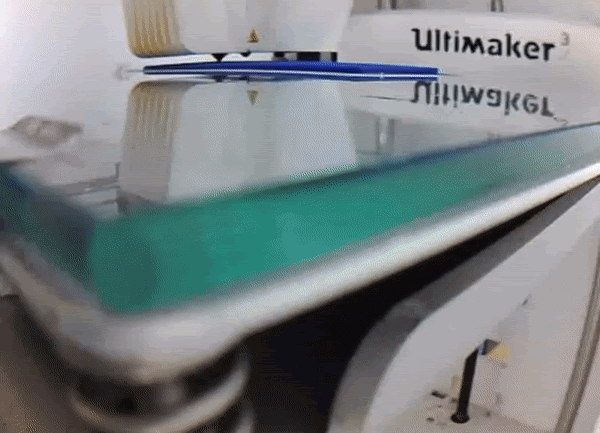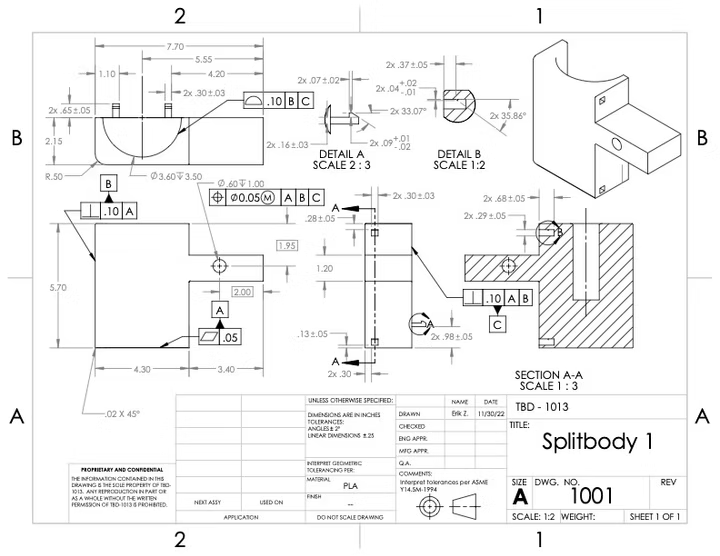This project served as a comprehensive introduction to both manufacturing processes and product design methodology. The experience of moving from concept to functional prototype provided valuable insights into the engineering design process, including requirement definition, iterative development, and manufacturing considerations.
Technical Growth: Gained hands-on experience with 3D printing limitations, CAD best practices, and the importance of precision in mechanical design. The challenges faced with connection points and sizing constraints provided practical lessons in design for manufacturability.
Design Process: Learned to balance user needs with manufacturing constraints, iterate based on testing feedback, and document design decisions effectively. The transition from prototype to production planning highlighted the complexity of scaling engineering solutions.
Future Applications: The principles learned—user-centered design, iterative prototyping, and manufacturing awareness—have become foundational to subsequent engineering projects and product development work.





